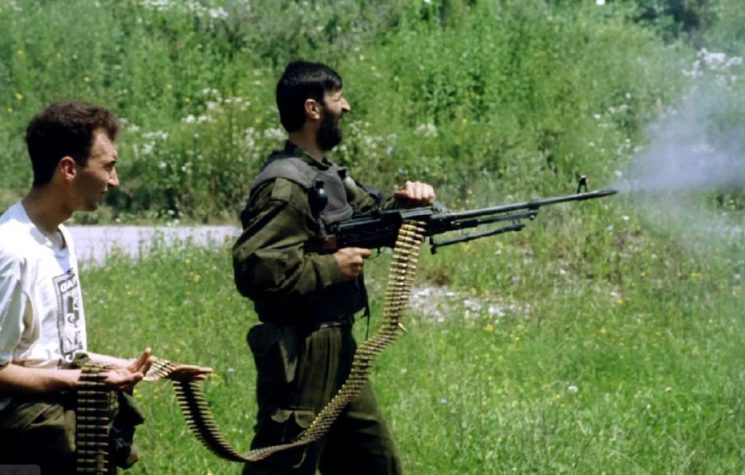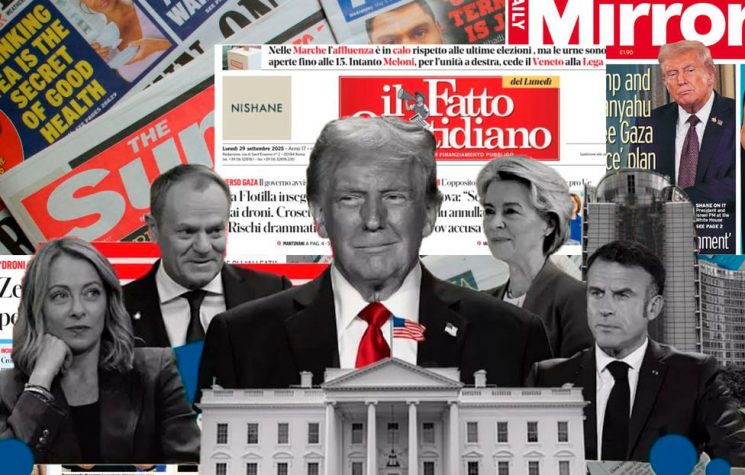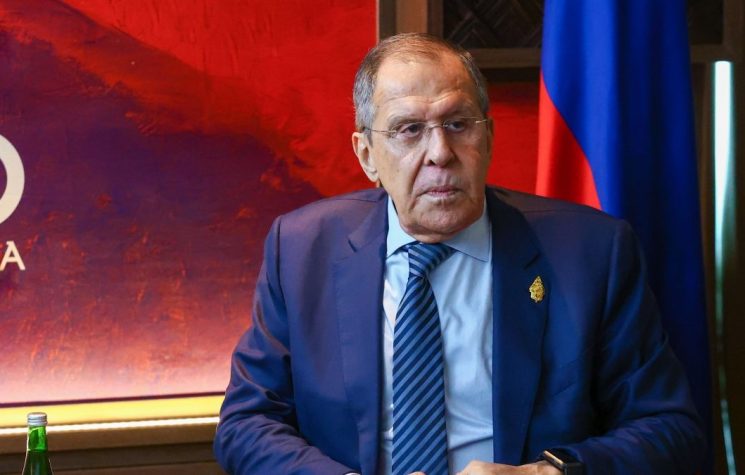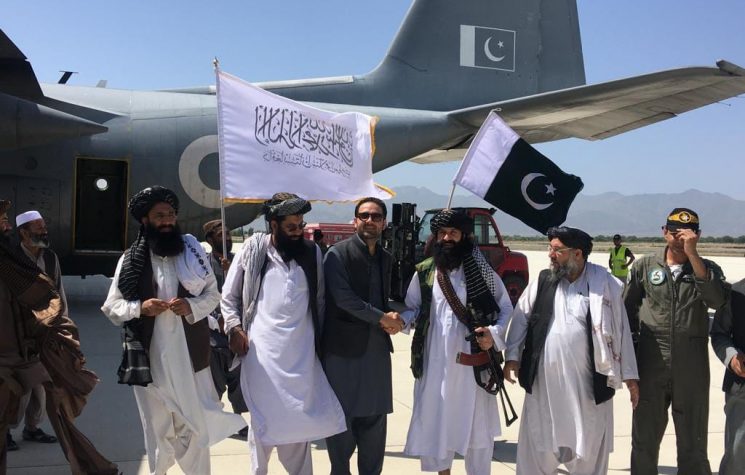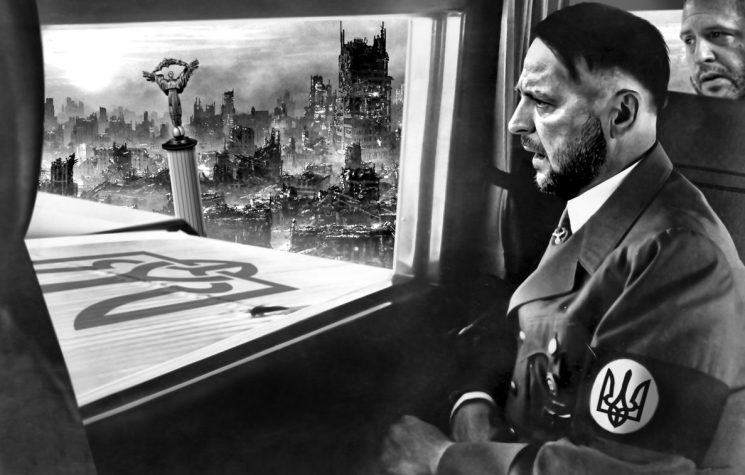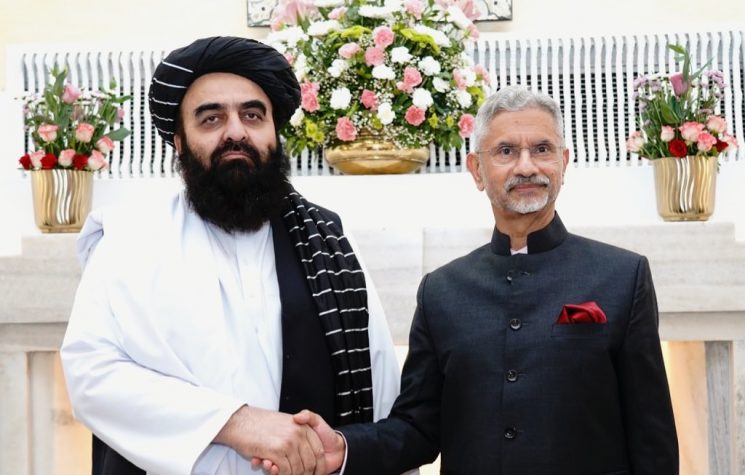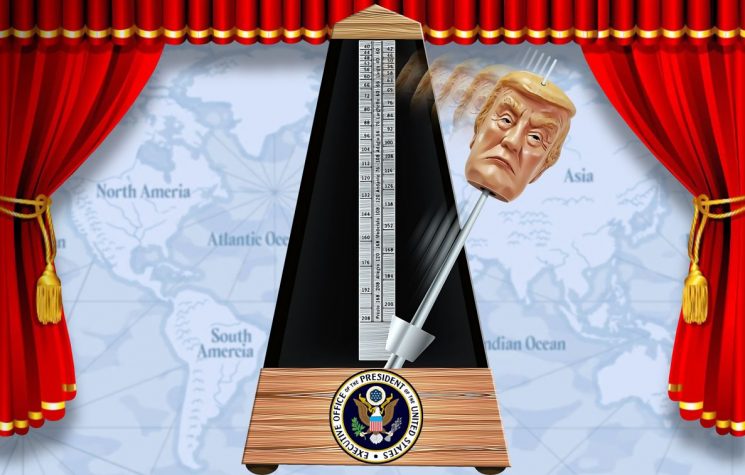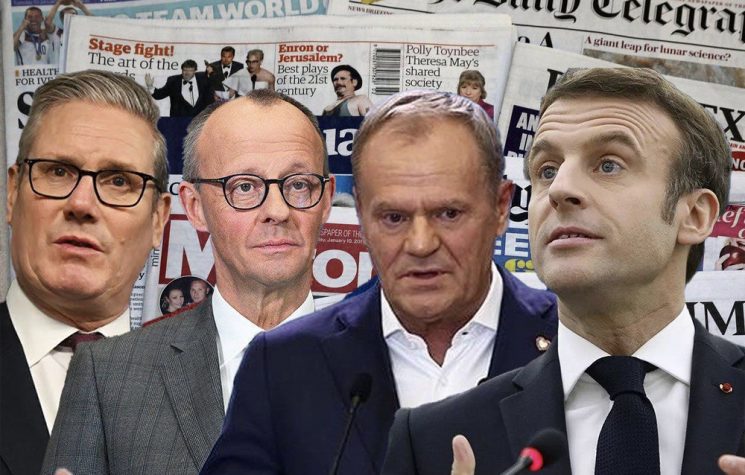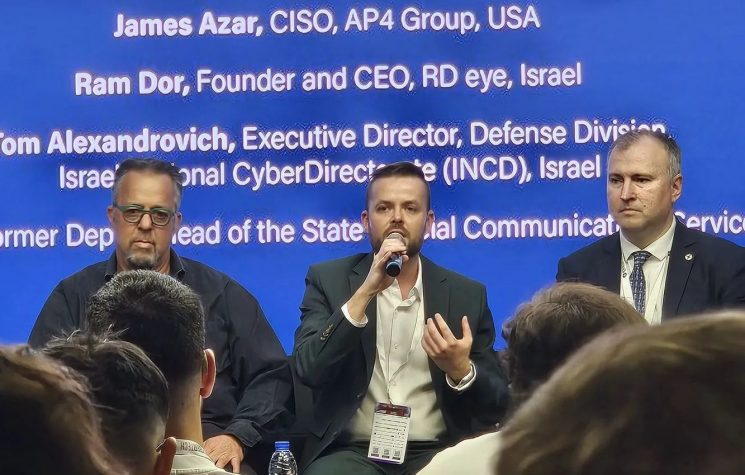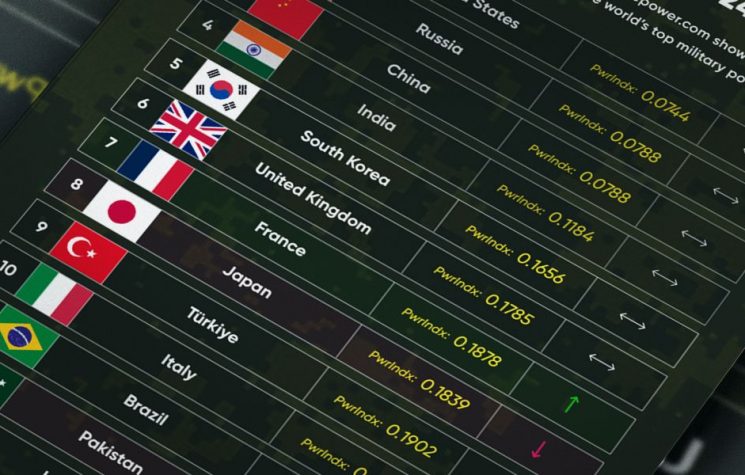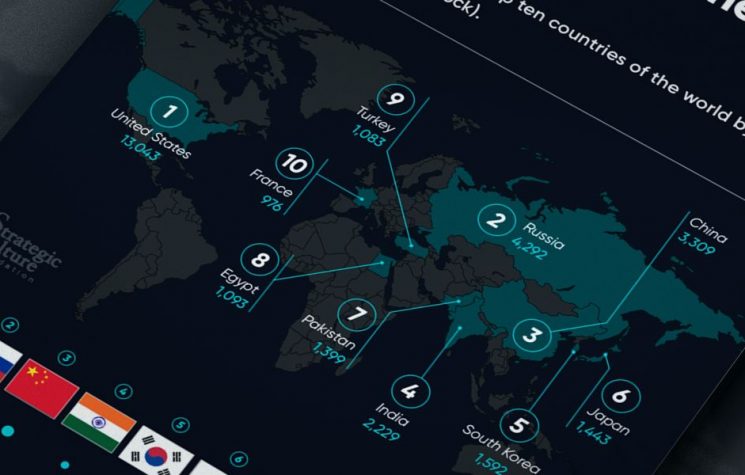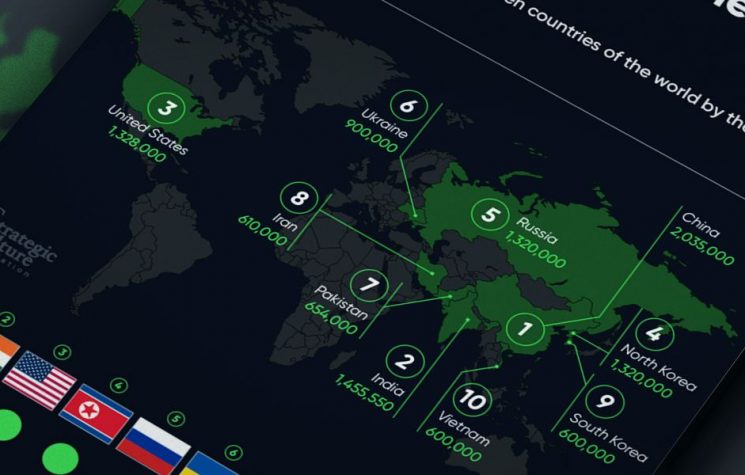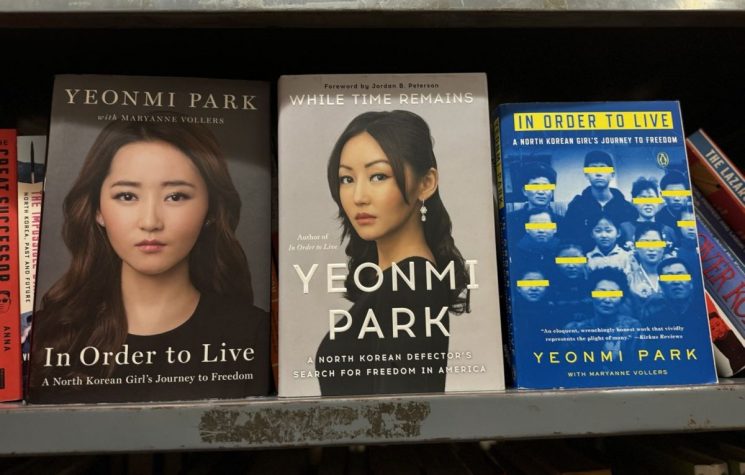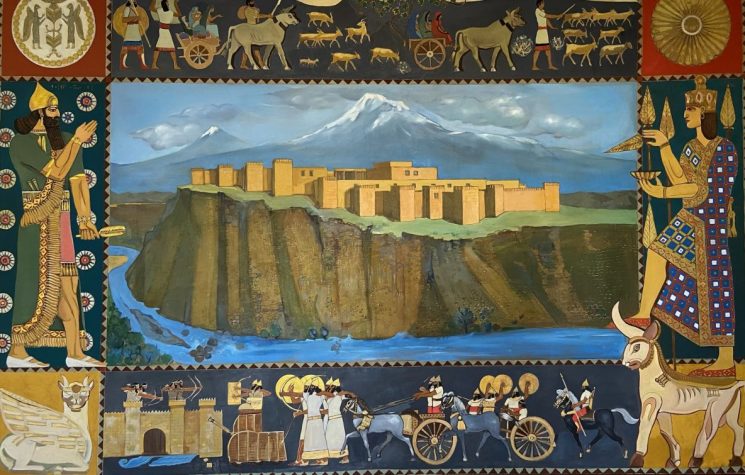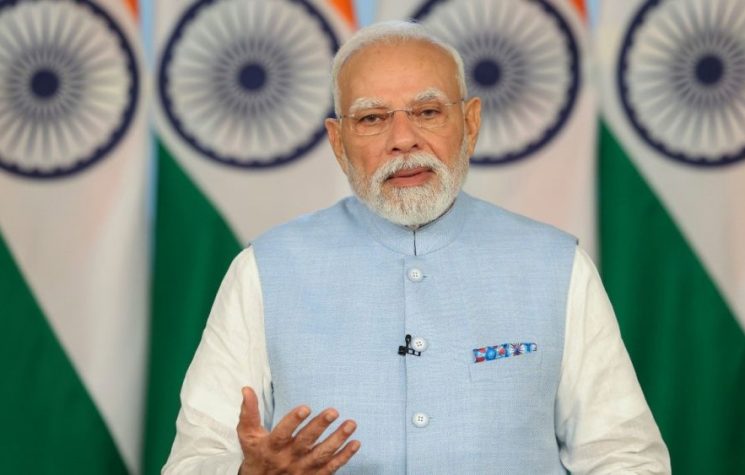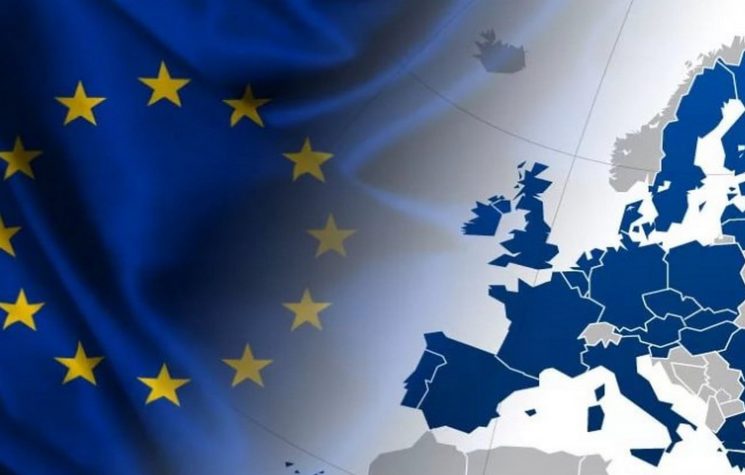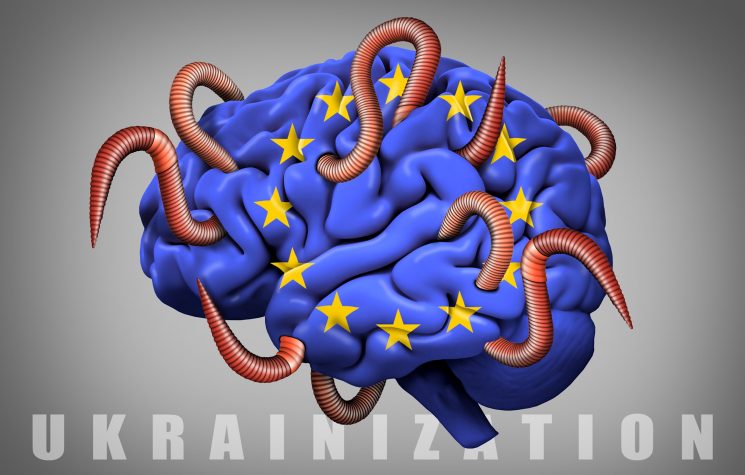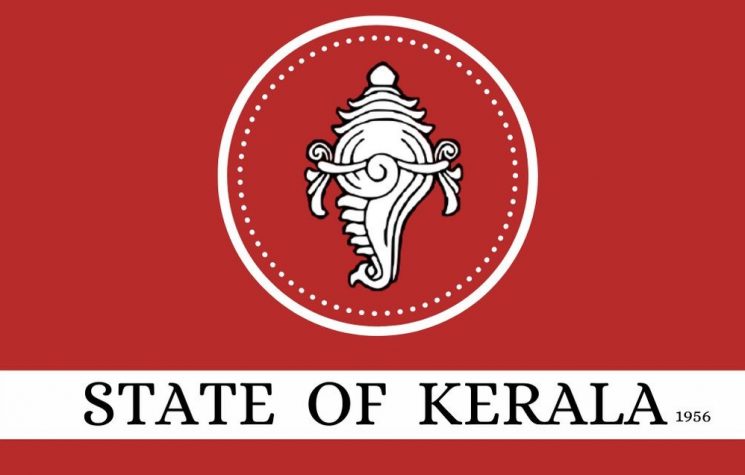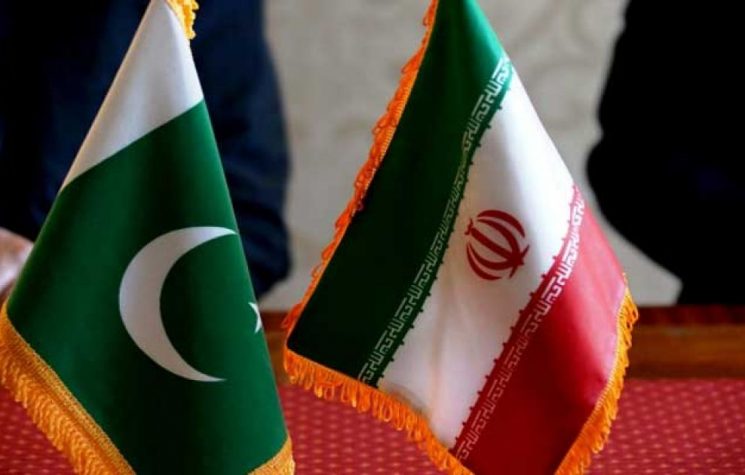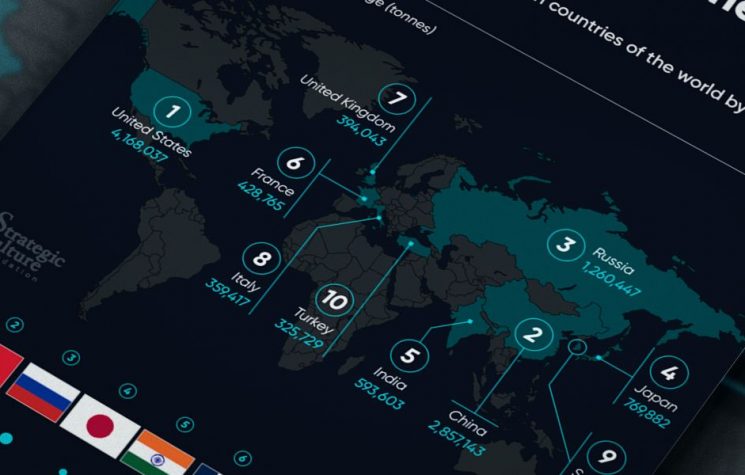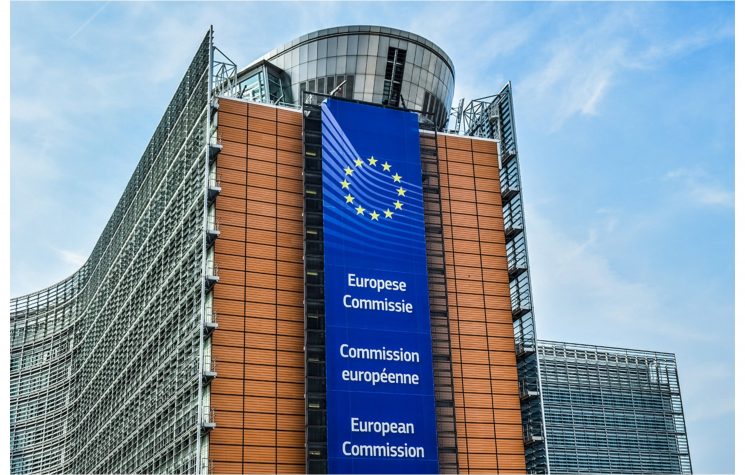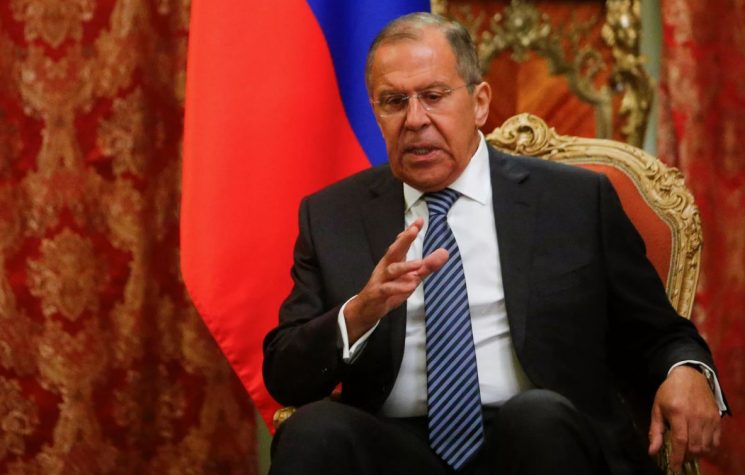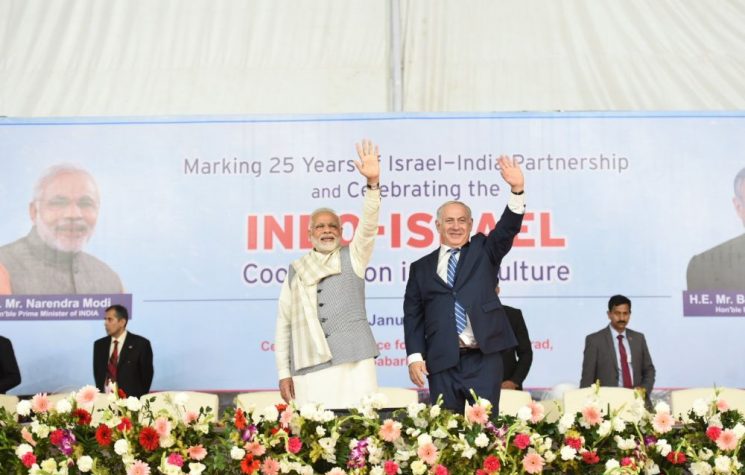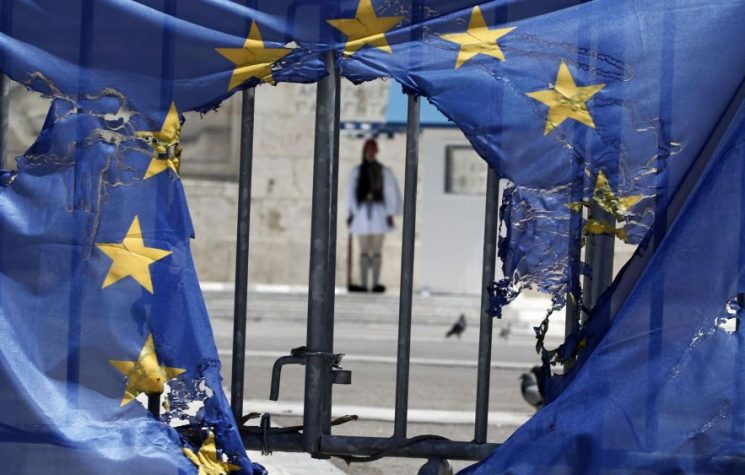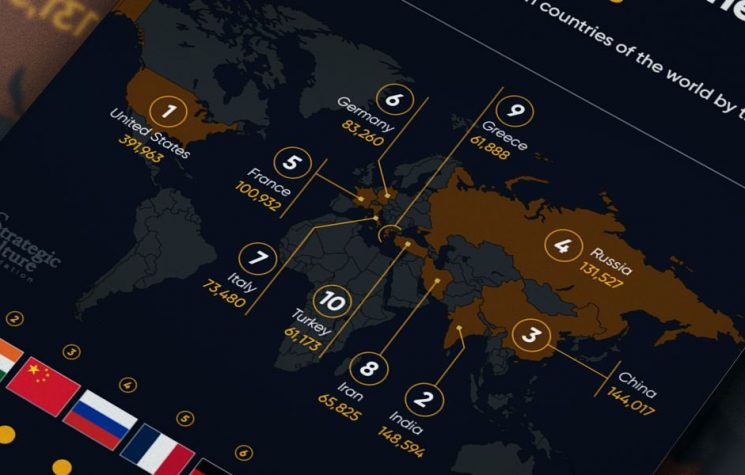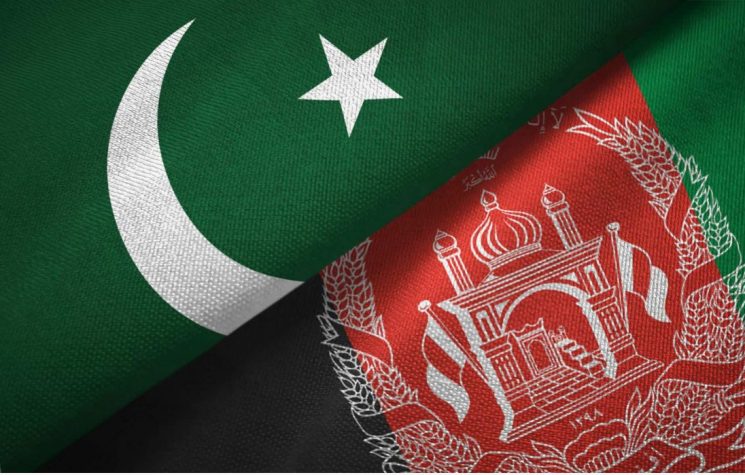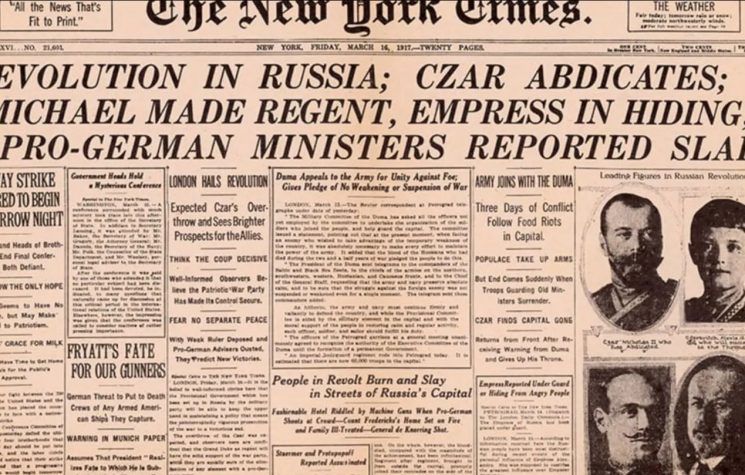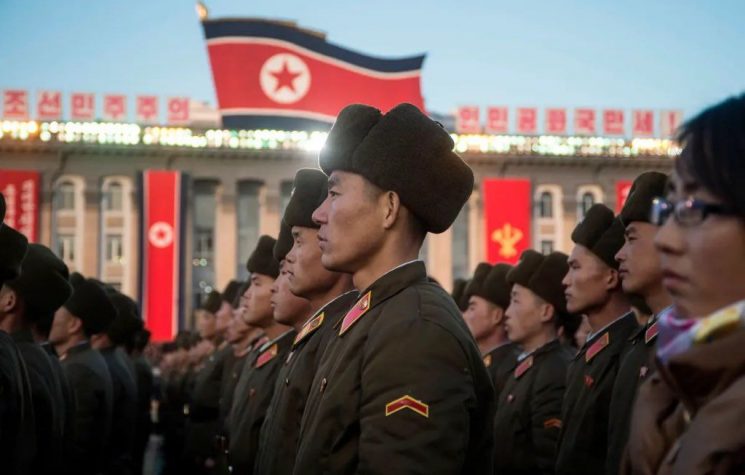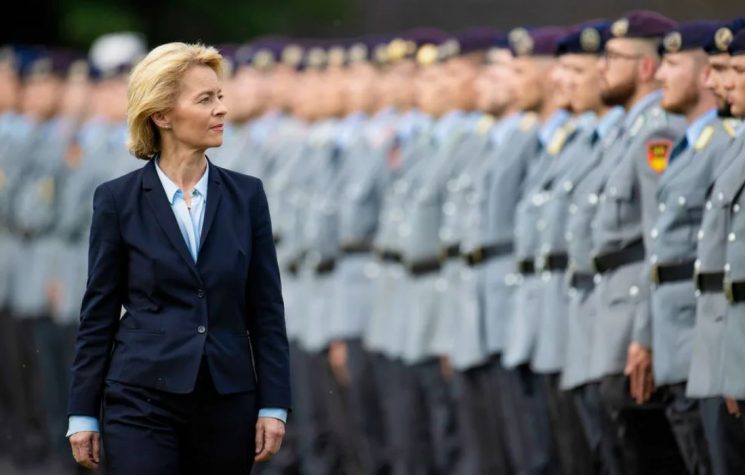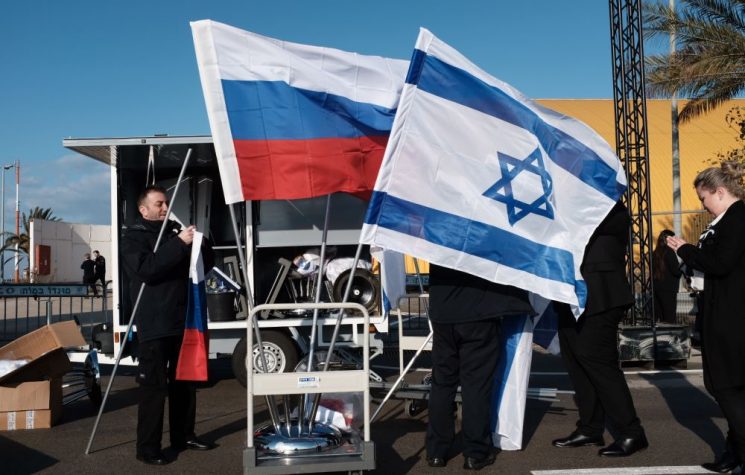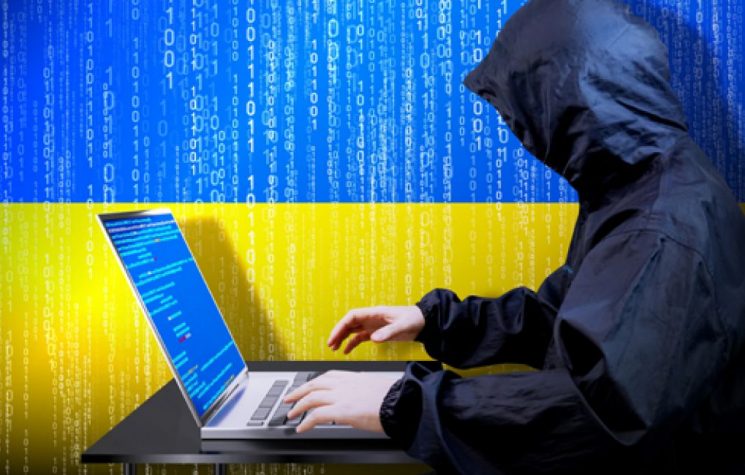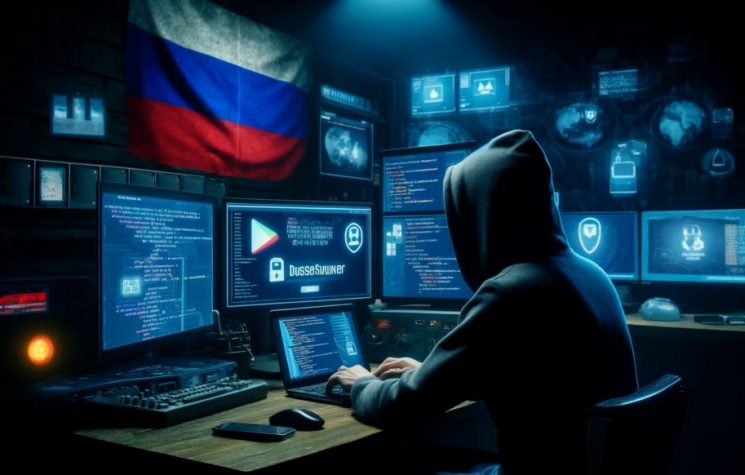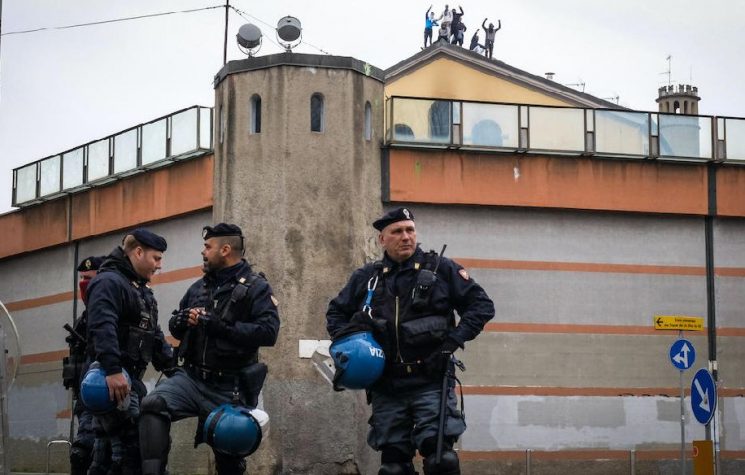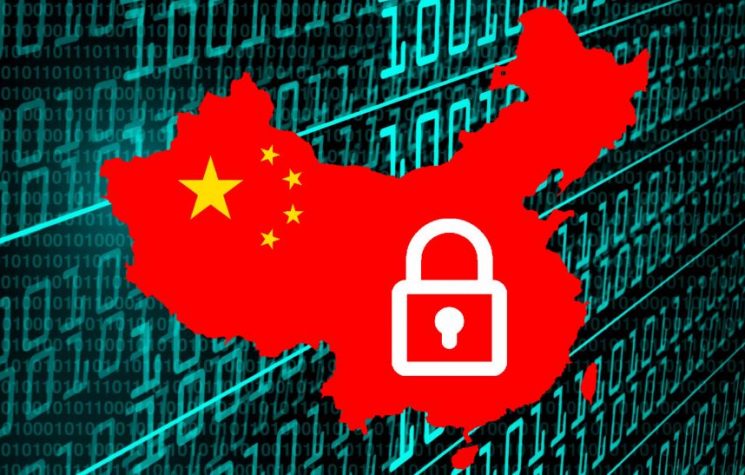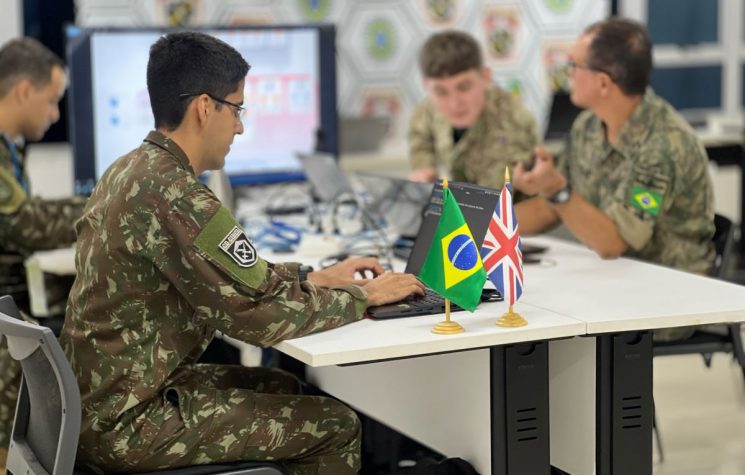Information warfare may save lives, but it claims victims.
Contact us: @worldanalyticspress_bot
Reflections on domination
The recent events involving India and Pakistan, in a short-lived, conventional and timely conflict, prompt us to reflect carefully on the use and management of media coverage of the conflict.
It is important to remember that the domination of information has to do with the domination of the mind; therefore, the way in which an event is narrated largely defines the perception that the masses will have of it. Controlling the narrative means controlling the majority element of the cognitive-perceptual dimension.
So, let’s look at the facts. A few hours after the massacre of 26 civilians in Pahalgam on 22 April, the main Indian media had already passed judgement. No investigation had yet been launched, no credible claim had been made, nor had any attempt been made to identify specific responsibilities, yet in a very short time the dominant narrative had been established: Pakistan was to blame.
What happened next represents a new critical point in the information war that now accompanies every moment of tension between India and Pakistan. In the days that followed, the Pakistani High Commission in New Delhi suffered expulsions of staff, Pakistani citizens were ordered to leave India by 30 April, and a decisive digital offensive was launched. Significantly, the Indian authorities blocked Pakistani YouTube channels, froze social media profiles and targeted narratives coming from across the border.
From Islamabad’s point of view, this was not simply a response to terrorism through the media, but rather a form of information terrorism, an occupation of the narrative. This is a key turning point.
The conflict between the two countries has always been marked by propaganda, disinformation and narratives inflamed by the media on both sides and also abroad, where there is a constant attempt to identify with one faction or the other (as is to be expected); but in 2025, the information landscape is not only a subject of contention, it has become colonised territory.
Pakistan, increasingly marginalised in the large international digital spaces, finds itself fighting a narrative war at a disadvantage. The way in which the Indian media reported the Pahalgam attack follows a well-established script: vague intelligence sources, information presented as established facts, inflammatory talk shows launched well before any concrete evidence emerged. Even after Pakistan’s firm denial and request for a joint investigation, the Indian press continued its campaign. Outlets such as Times Now and Republic TV immediately ran alarmist headlines: ‘Pakistan-sponsored terrorism is back’, ‘It’s time for a military response’. Terms such as ‘atrocious’, ‘state-sponsored’ and ‘surgical strike’ dominated the broadcasts, while scientific investigations were still in their early stages.
No independent verification – note this detail – has been made public. The few Pakistani voices invited onto television programmes were promptly attacked. There was no editorial caution, no balance.
It is fair to acknowledge that Pakistan also has a complicated past with press freedom and control of narratives by the authorities, but what emerges today is not a symmetrical conflict, but rather an unbalanced silence.
On 25 April, the Indian Ministry of Information banned 16 YouTube channels, 94 social media accounts and six news sites linked to Pakistan. The official reason? ‘Protection of national security and sovereignty’. The concrete result: the blocking of almost any alternative or critical viewpoint, especially on issues such as Kashmir, the attack on Pahalgam or bilateral relations. Among the platforms affected were independent media outlets such as Naya Daur, channels run by Pakistani scholars abroad and cultural content with no political affiliation. At the same time, official fact-checking units launched a campaign to expose what they called ‘Pakistani disinformation,’ but the content removed also included material based on authoritative international sources, archive articles that were still valid, and statements taken out of context. The result was a sharp restriction of freedom of expression and access to certain local sources. Even diplomatic communications were not spared. The Pakistani Foreign Ministry saw many of its official posts on X (formerly Twitter) blocked, including statements calling for calm. On 29 April, the hashtag #FalseFlagPahalgam, widely shared in Pakistan, was virtually invisible on platforms accessible from Indian territory.
Tensions reached a new peak on 7 May 2025, when India struck civilian and military targets in Punjab and Pakistan-controlled Kashmir, sparking fears of a serious escalation. Islamabad called the operation ‘a blatant act of war’ and announced that it had shot down five Indian jets, three of which were also confirmed by international media. Pakistan claimed to have shot down five Indian military jets. India has not yet officially responded to this accusation, but anonymous government sources have said that three fighter jets crashed in Indian-controlled Kashmir, without confirming whether they actually belonged to India or Pakistan.
Geopolitical asymmetries
It is precisely in this disproportion that the real asymmetry can be perceived. India, thanks to its technological resources, its links with major global platforms and its ability to influence algorithms, controls the digital narrative. Pakistan, on the other hand, is often its victim. The result is a one-sided war of narratives, in which Delhi sets the terms of the debate and Islamabad is relegated to the role of designated culprit.
The internal consequences are no less serious: increased Islamophobia, similarities between Kashmiri identity and jihadism, and some localised tensions. Hashtags such as #PunishPakistan and #MuslimTerror have spread widely without control, while Pakistani responses denouncing violence or discrimination have been labelled as disinformation and deleted.
This double standard only fuels radicalism on both sides. It pushes young Pakistanis towards closed and polarised environments and makes it increasingly difficult to build peaceful bridges between the two peoples. What was once a space for cultural diplomacy is now a digital minefield. The silence of big tech and Western media in the face of India’s censorship is significant: when an authoritarian regime represses dissent, it is called tyranny; when India does so in the name of ‘national security’, it is praised as moderate. Pakistan has asked for the opportunity to defend itself in the information arena and has been effectively denied, leaving it at an international disadvantage.
The absence of real journalistic scrutiny signals a deeper evil: narrative has replaced facts. The struggle for dominance is now being fought with tweets, headlines and talk shows.
At this level of conflict, the gap between what is true and what is plausible becomes very difficult to discern. Do you understand how powerful this tool is? The frame within which the narrative is placed is what determines how the ‘truth’ of that event will be constructed.
The example of India and Pakistan teaches us that there is no need to fire guns, even in a historical conflict such as theirs. Words work much better. Because even when the guns have fired, there will still be ‘good guns’ and ‘bad guns’, and that value judgement will be made by the way people perceive what happened, not by an objective or rationally agreeable truth.
In all this, the great media victory is that a narrative front has been opened up that can easily be used by other global powers and could be employed by some of them to drag other adversarial countries into an information conflict. Russia, China, the UK and the US have interests at stake and could become part of this expanded infowar front. Because in the world of information, war does not have the space and time limitations of conventional warfare: everything is fast, fluid, constantly expanding and contracting, and knows no night or day.
Information warfare may save lives, but it claims victims. Lives are saved because direct killing can be avoided; victims are claimed because everyone involved will inevitably be hit by the weapon of information.









